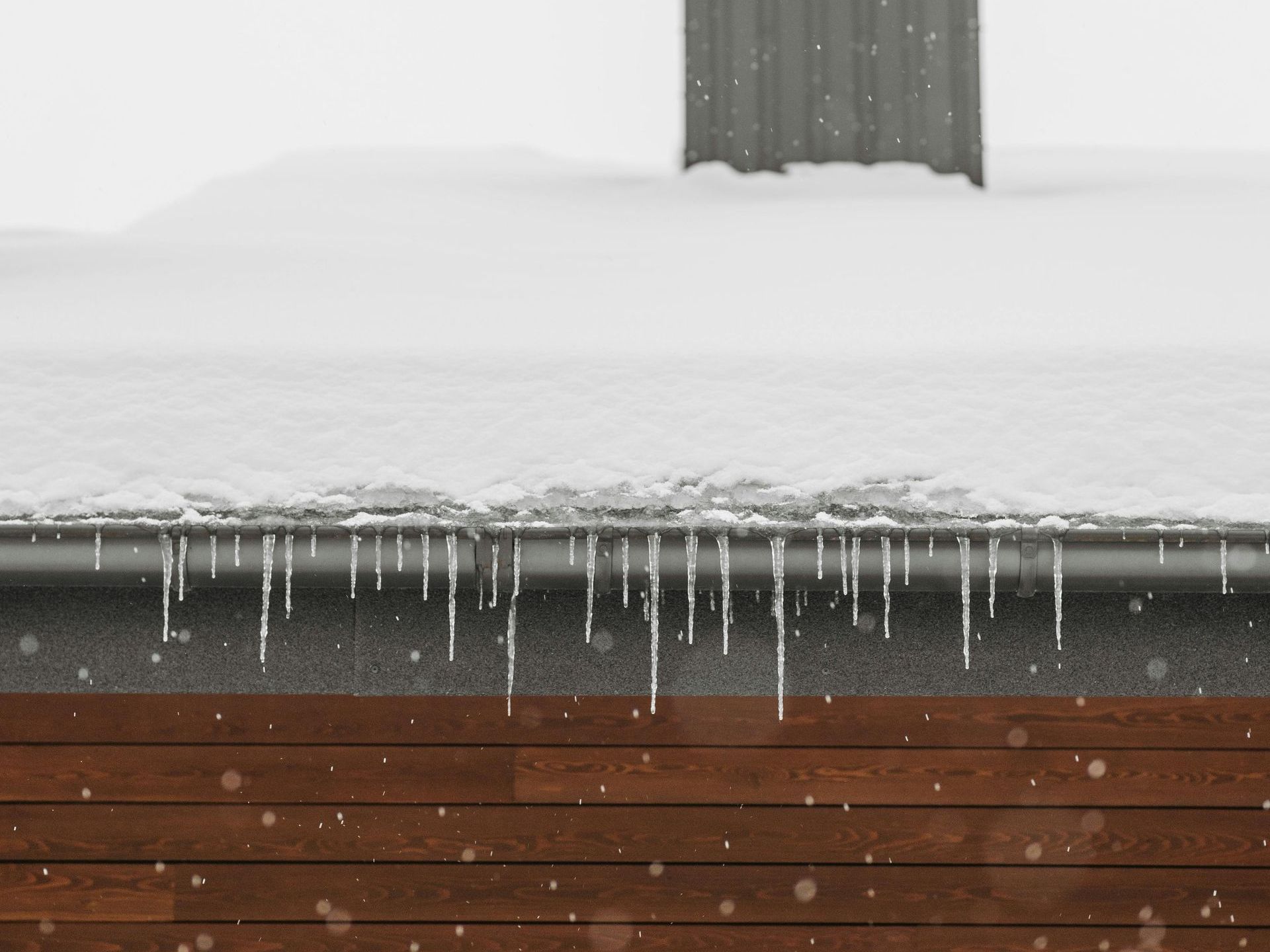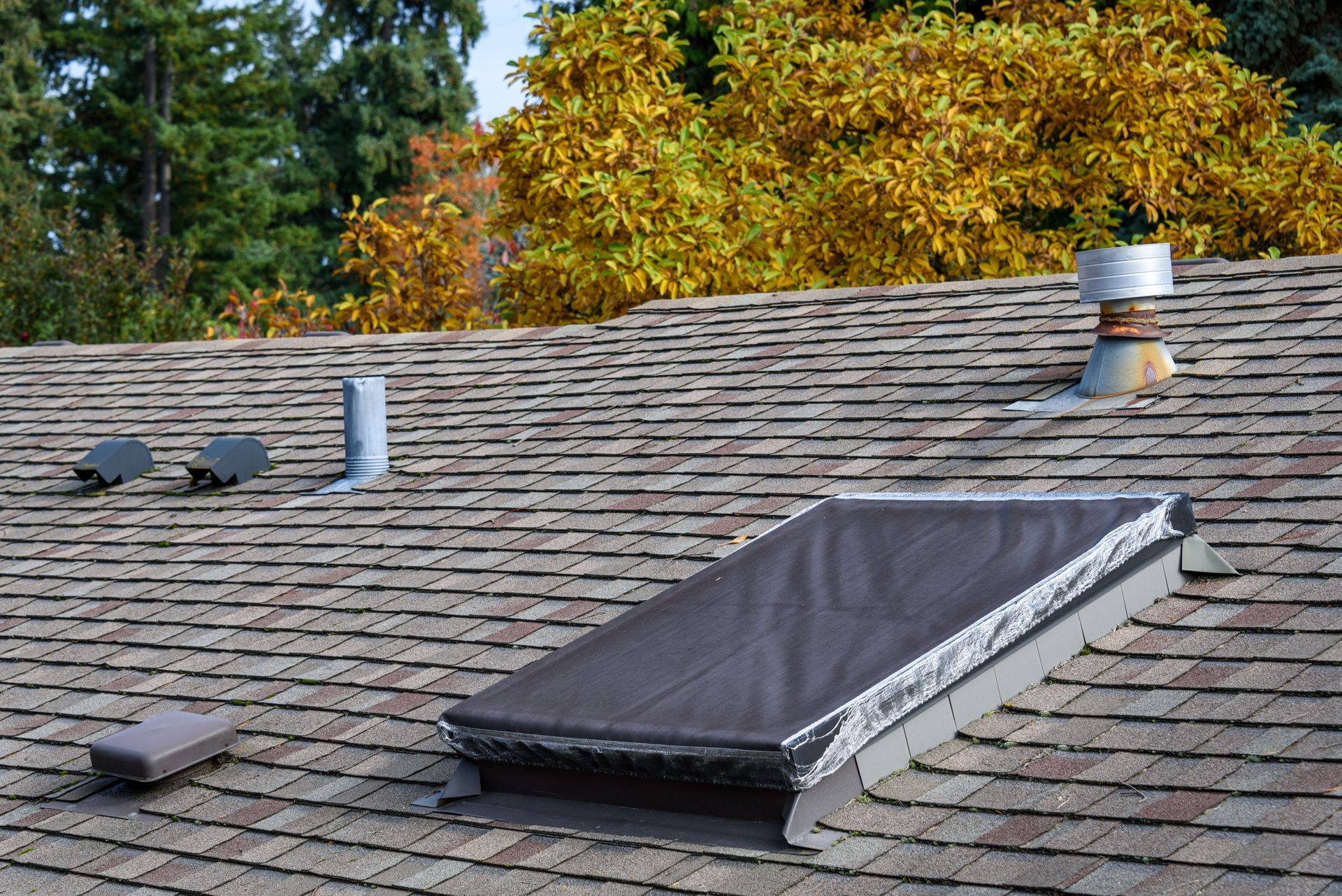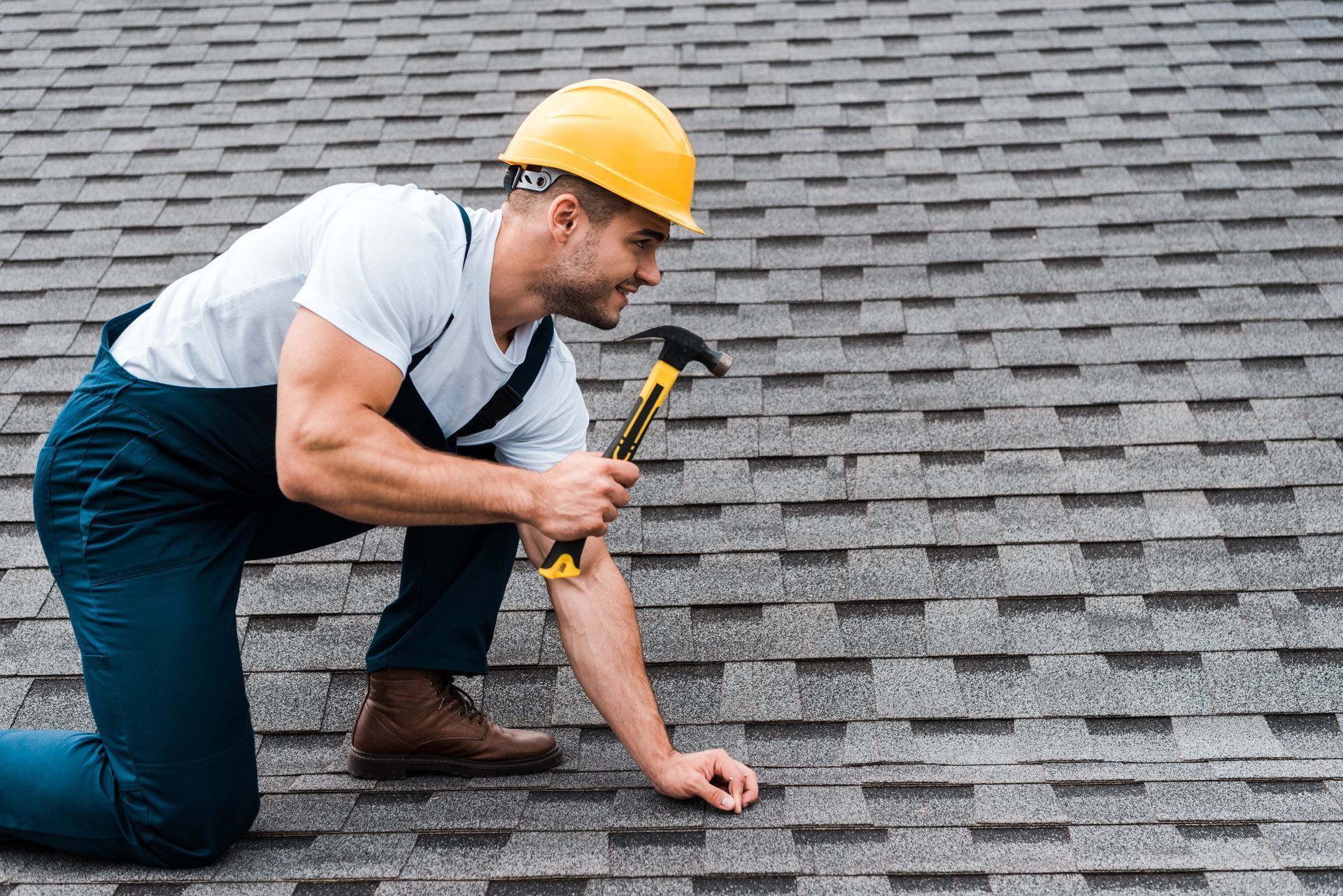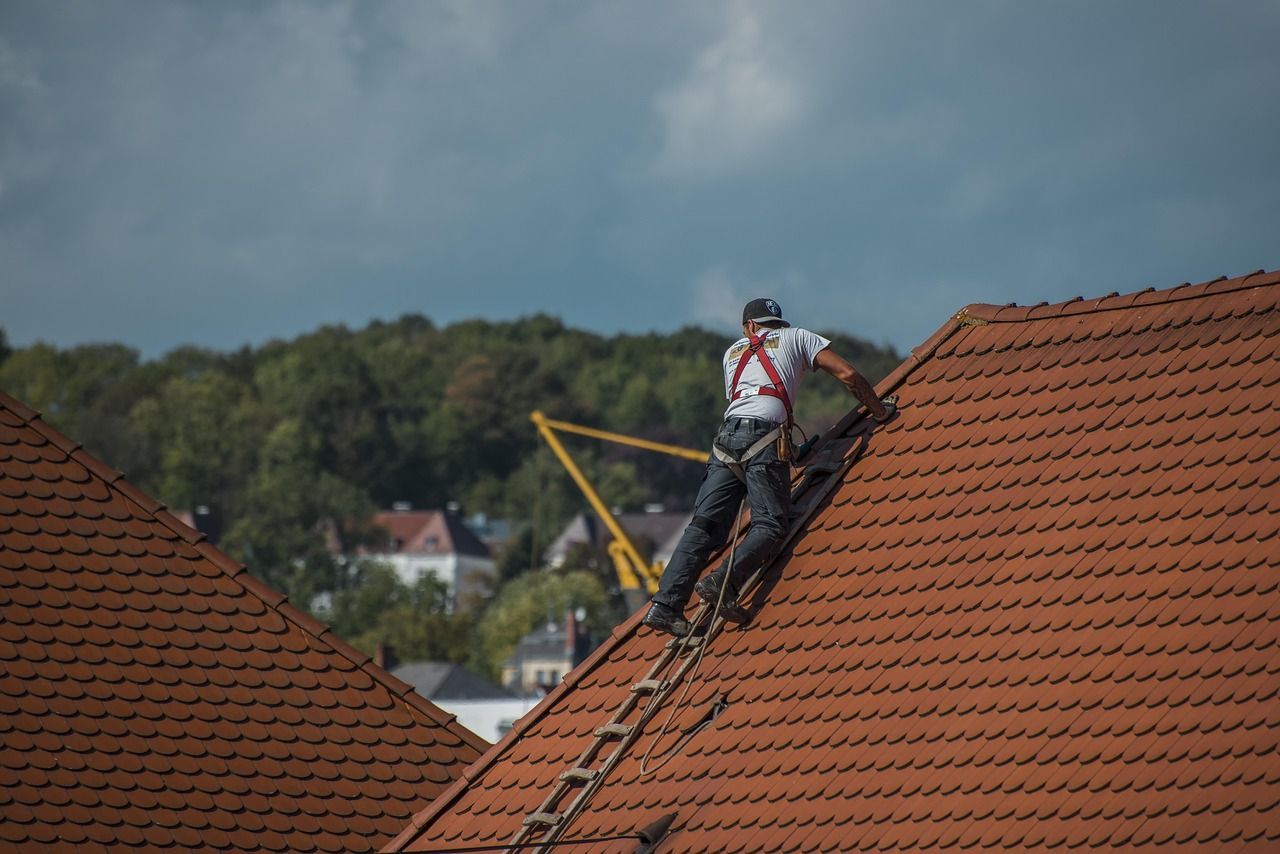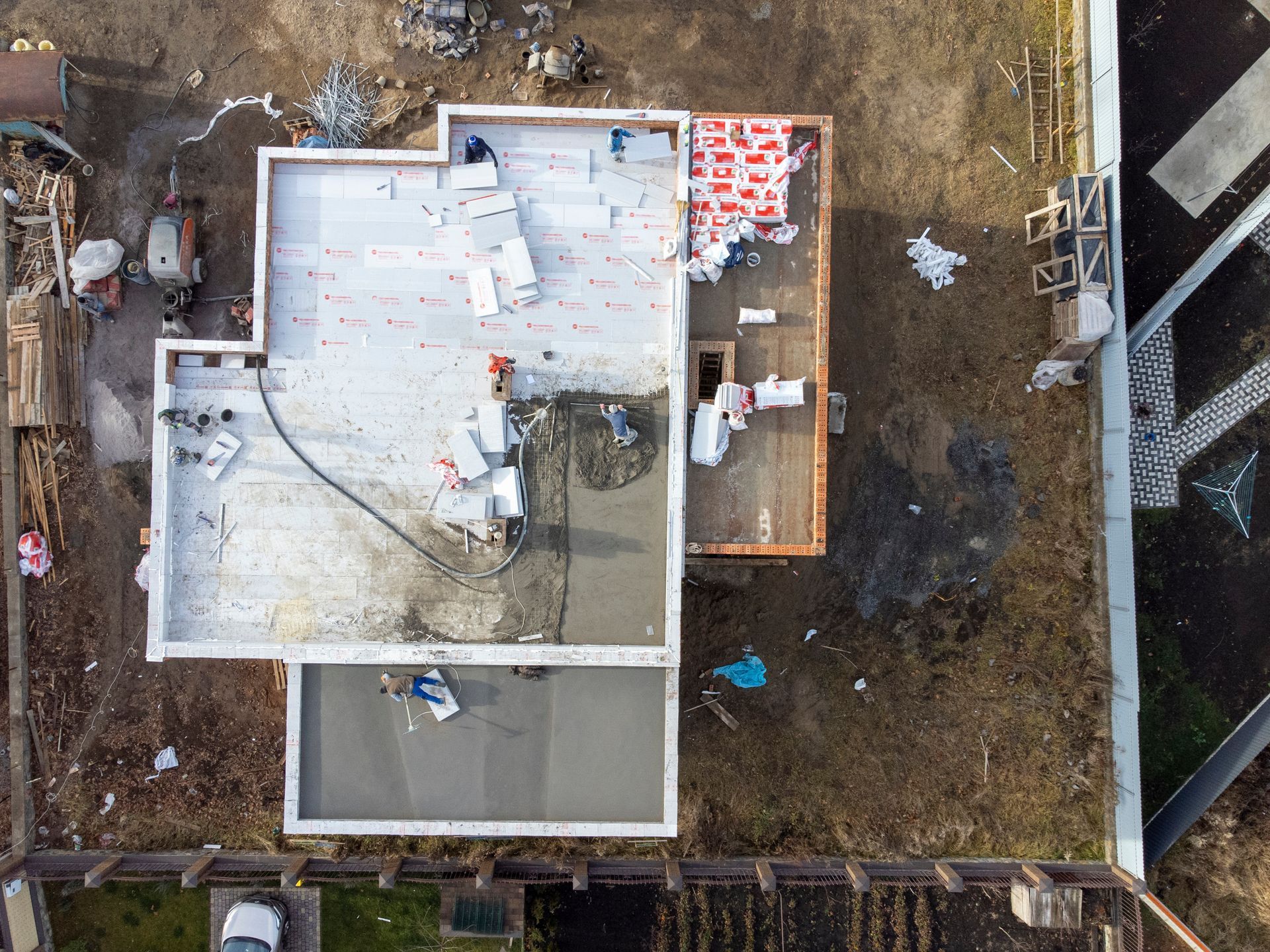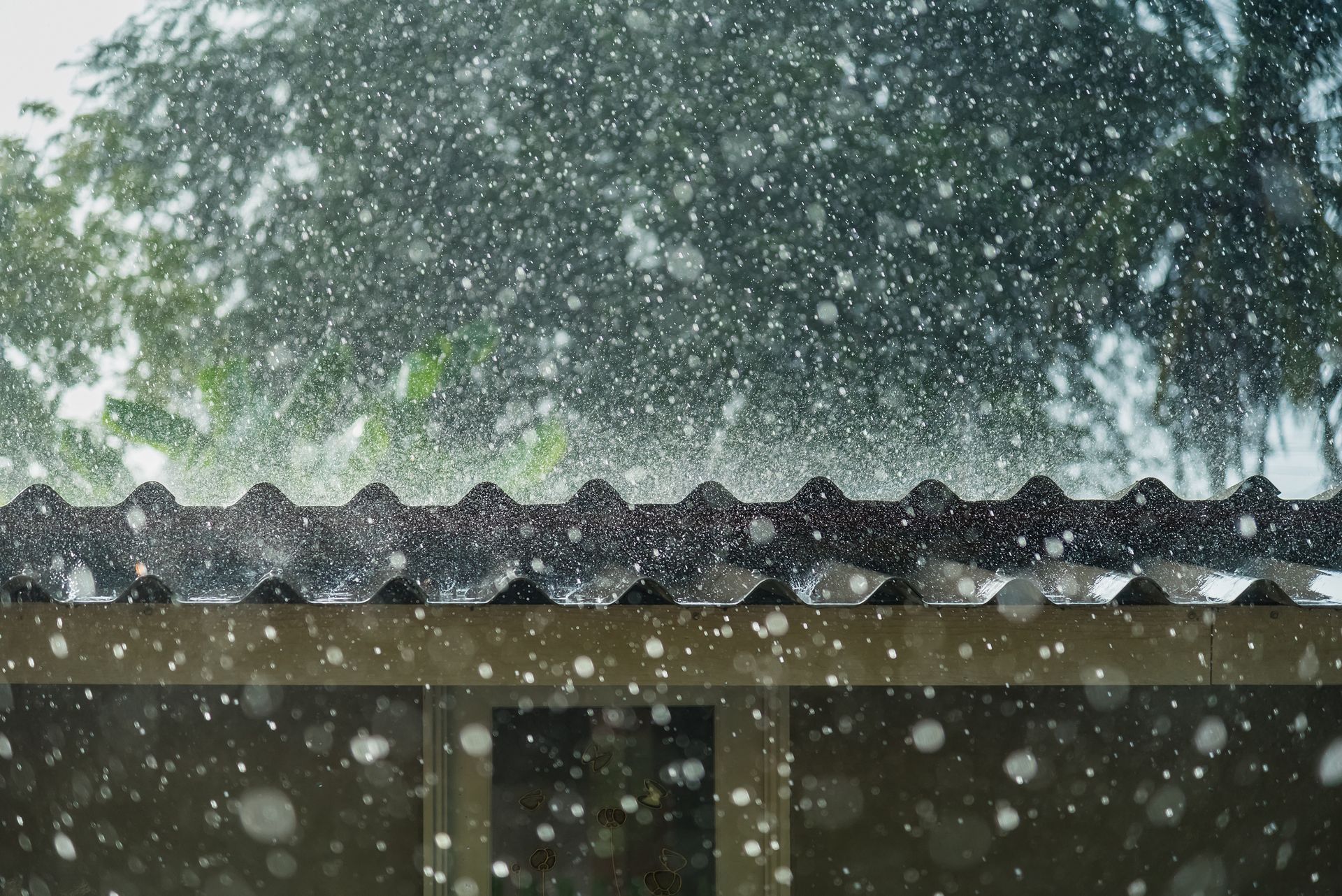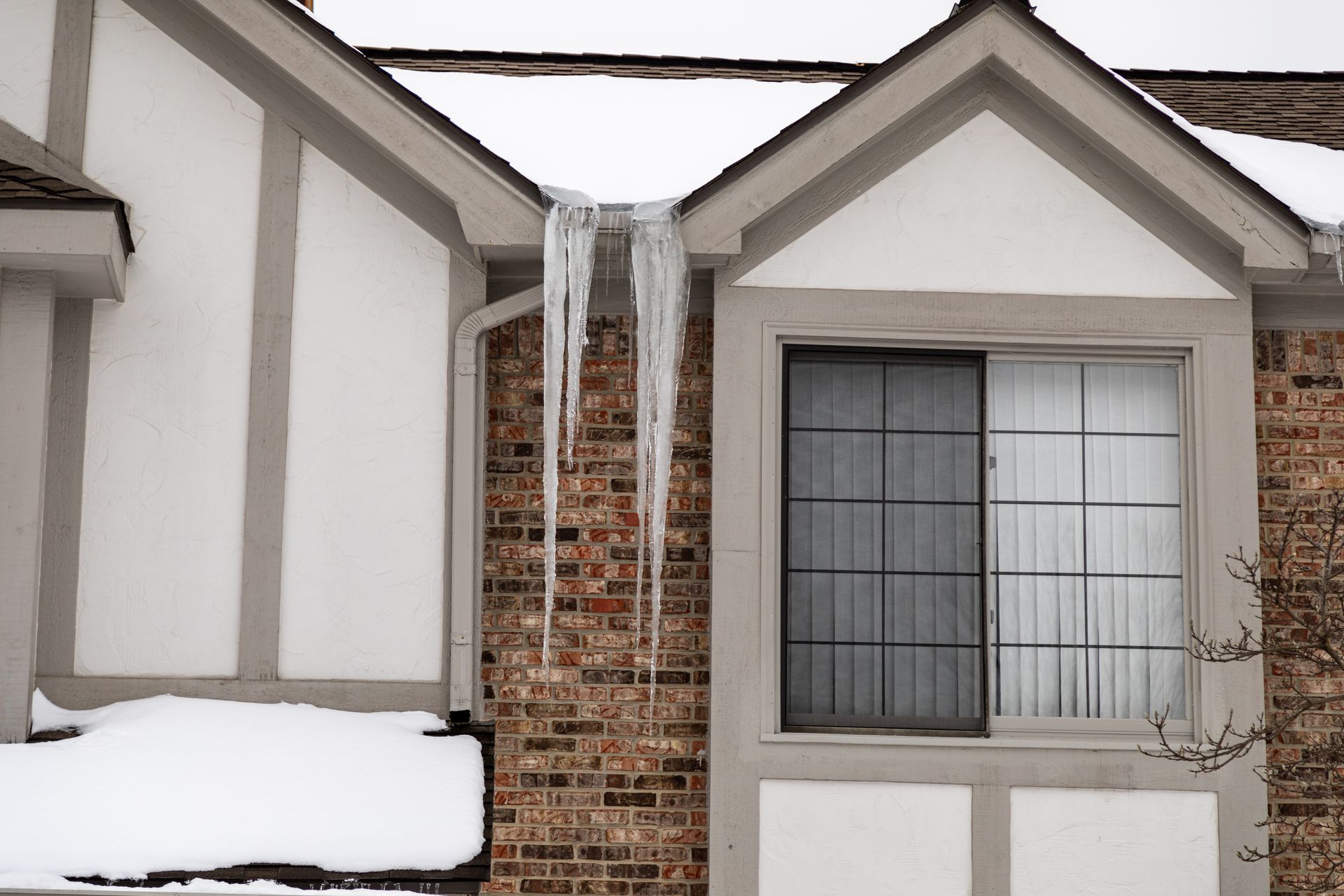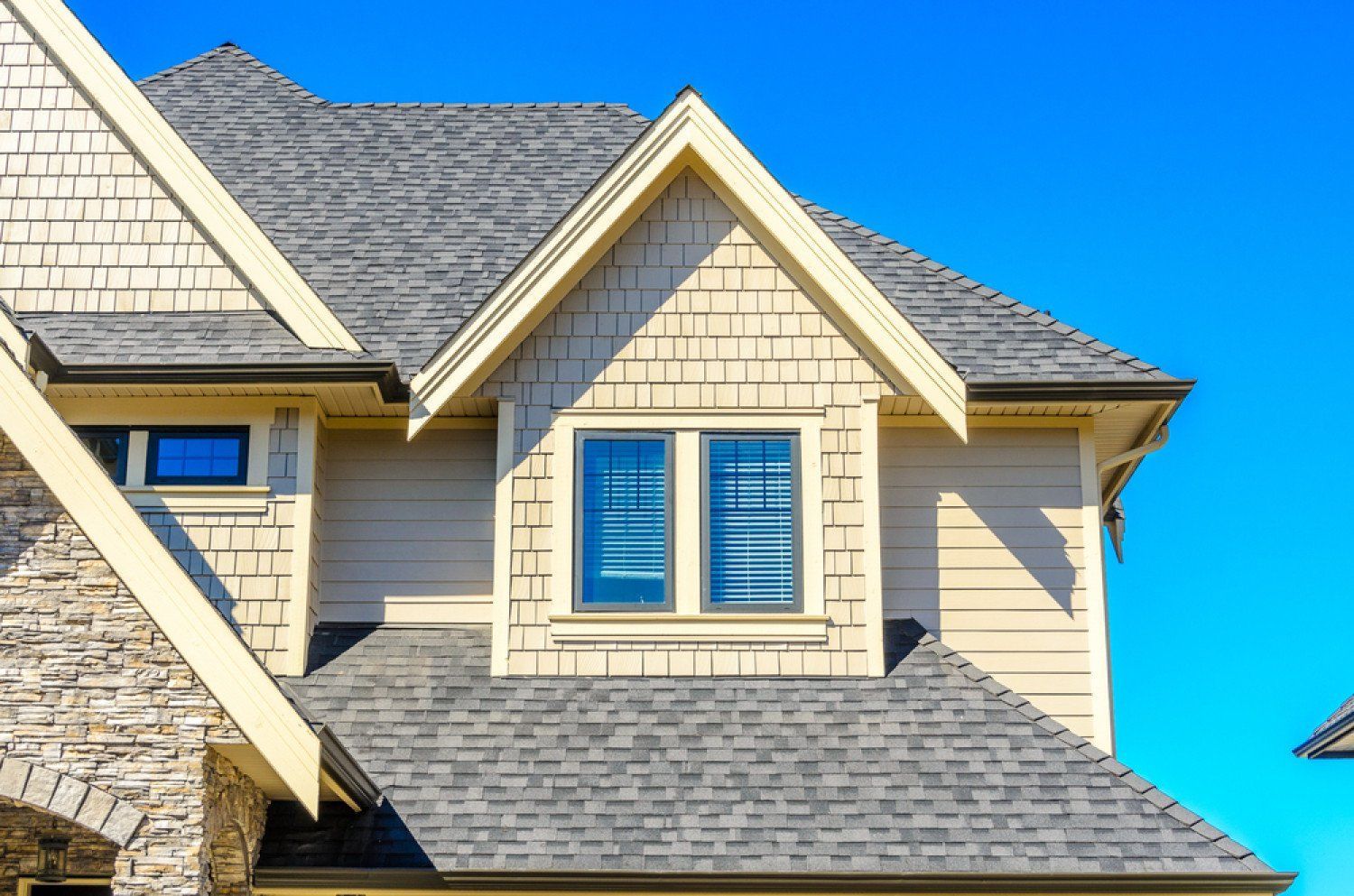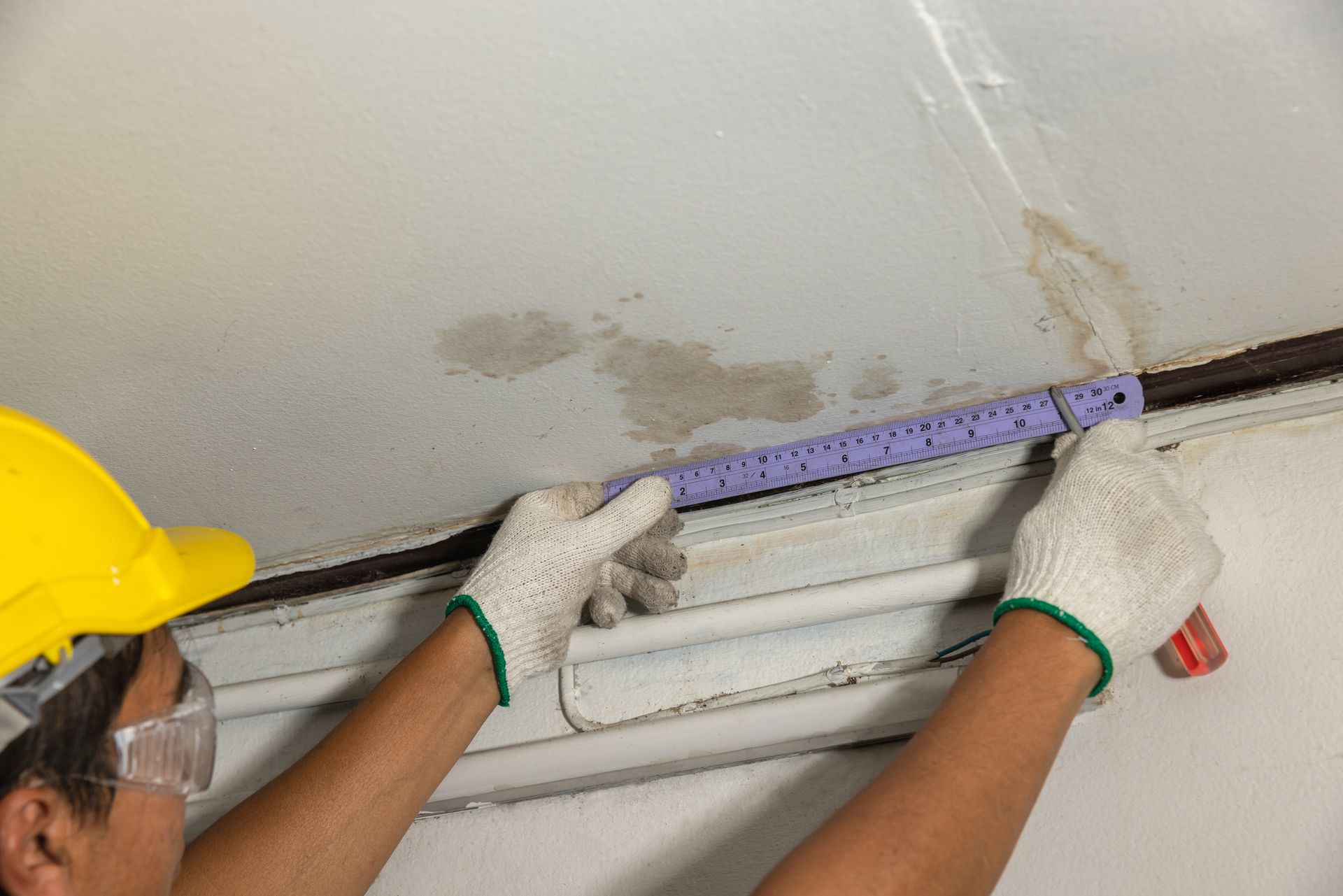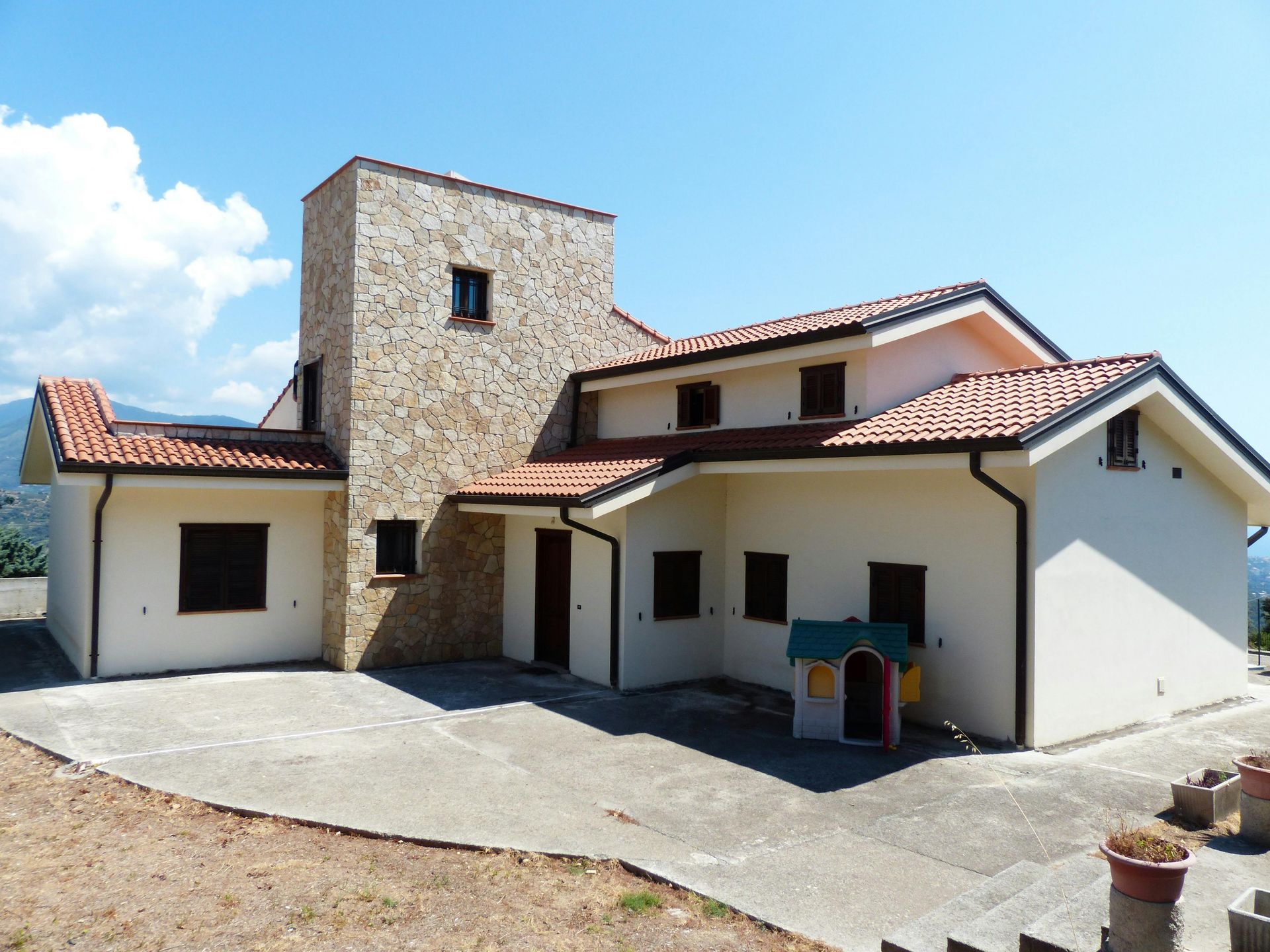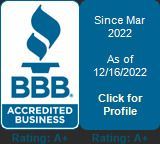Rooftop Snow Removal Tips: The Importance of Professional Commercial Rooftop Snow and Ice Removal
City skyline
When winter rolls into town and blankets everything in white, your commercial property can suddenly turn into a snow load disaster waiting to happen. Snow-covered rooftops might look peaceful, but behind that fluffy layer could be a whole lot of trouble. Think water damage, ice dams, collapsed gutters, and even structural issues. If you are not taking rooftop snow and ice removal seriously, your building could be quietly begging for help.
Whether you manage a shopping center, industrial facility, or office complex, keeping your roof clear is not just about safety. It is about protecting your investment. In this blog post, we will break down the top tips for rooftop snow removal, why you should not DIY from a ladder with a shovel, and how professionals handle commercial rooftop snow removal the right way.
Grab a cup of something warm and let us dig into the cold truth about snow on the roof.
Why Rooftop Snow and Ice Build-Up Is More Dangerous Than You Think
Snow might seem harmless, but when it piles up on your commercial roof, the weight and moisture can quickly lead to costly consequences. Add a layer of ice to the mix and you have a recipe for disaster.
Here is what unchecked snow and ice can cause:
- Structural stress: Snow weighs a lot more than you think. Wet snow can weigh more than 20 pounds per cubic foot. A heavy storm can easily load tens of thousands of pounds onto a flat roof.
- Ice dams and leaks: Ice dams form when melting snow refreezes at the edges of your roof. This traps water, which can sneak under shingles or membranes and lead to interior water damage.
- Roof collapses: In extreme cases, commercial roofs have collapsed under the weight of snow and ice. Insurance may not always cover negligence.
- Blocked drainage systems: Gutters and roof drains get clogged with ice and debris, leading to water backup and overflow issues.
- Injury risk for employees and customers: Falling icicles, sliding snow, and icy walkways can be serious liability risks.
Waiting until spring to deal with rooftop issues might be too late. Prevention is key.
Signs You Need Immediate Rooftop Snow Removal
Not all snow needs to be removed right away. But there are some situations where waiting even a day can be risky. If your building is showing any of these signs, it is time to call in the pros immediately.
Red flags to watch for:
- Sagging rooflines: If you notice your roofline dipping or flexing, that is a major warning sign.
- Creaking or popping noises: Sounds coming from your ceiling or roof structure can indicate stress from snow load.
- Ceiling leaks or stains: Water inside means the snow and ice are doing damage outside.
- Icicles forming in clusters: Beautiful? Maybe. Dangerous? Absolutely. They are signs of poor insulation and potential ice dams.
- Blocked vents or HVAC equipment: Snow covering rooftop vents or systems can cause performance issues and safety hazards.
If your roof is showing any of these warning signs, do not wait. Call a team experienced in commercial rooftop snow removal right away.
What Professional Commercial Rooftop Snow and Ice Removal Includes
So what happens when you bring in the professionals? It is not just a couple of guys with snow shovels. A full-service commercial rooftop snow removal team comes prepared with tools, training, and a process to get your roof back in shape safely and efficiently.
A typical service includes:
- Initial assessment: Before touching anything, the crew inspects your roof to determine load levels and prioritize problem areas.
- Snow removal by hand or blower: Depending on the type of roof and snow, they use soft tools, snow blowers, or roof rakes designed not to damage materials.
- Ice removal and de-icing: Ice dams and frozen patches are handled with steamers or chemical treatments designed for commercial roofing systems.
- Drain clearing: Roof drains and scuppers are checked and cleared to allow melted snow to escape properly.
- Final inspection: Once the snow is gone, your roof gets a quick check to ensure everything is intact and ready for the next storm.
This service is not just about removing snow. It is about maintaining the structural integrity and safety of your entire building.
Preventative Tips to Reduce Snow Build-Up
While you cannot control the weather, you can take steps to prepare your roof and reduce the chances of major snow accumulation.
Smart ways to prep your roof for winter:
- Schedule a fall roof inspection: Fix minor issues like flashing damage, loose membranes, or clogged drains before the snow hits.
- Trim back overhanging branches: Falling limbs during snowstorms can cause serious damage and increase debris buildup.
- Install roof snow guards: These help prevent dangerous snow slides off sloped metal roofs.
- Improve attic insulation: Poor insulation contributes to ice dams by allowing heat to escape and melt snow unevenly.
- Create a snow removal plan: Partner with a reliable service provider in advance so you are not scrambling after a blizzard.
A proactive plan beats a reactive panic every time.
Call RAO Roofing for Professional Rooftop Snow Removal in Grant, MI
Your Roof Works Hard in Winter. Let Us Help It Out
Winter in Michigan can be brutal, and your roof takes the brunt of it. At RAO Roofing, we specialize in rooftop snow removal and commercial rooftop snow and ice removal for businesses that care about safety, longevity, and performance.
We serve
Grant, MI, and surrounding areas with reliable, professional snow removal, along with
roof installations,
gutter services,
roof repairs, and more. Call us today at
(231) 282-1932 to schedule service or create a seasonal plan that keeps your building protected all winter long.
FAQs
How much snow is too much for a commercial roof?
That depends on your roof structure, but generally more than 20 to 30 pounds per square foot can be dangerous. Wet, dense snow is particularly heavy.
Is ice more dangerous than snow on a roof?
Yes. Ice can cause blocked drains, damage roofing materials, and lead to hazardous ice dams.
Can rooftop snow removal damage my roof?
If done improperly, yes. That is why hiring professionals is important. They use soft tools and know how to remove snow without harming roofing systems.
How often should I have my roof cleared in winter?
After each major snow event or when snow reaches about six inches in depth. Regular monitoring is key.
Do flat roofs need more attention than sloped roofs?
Yes. Flat roofs do not naturally shed snow and are more prone to pooling and ice buildup.
